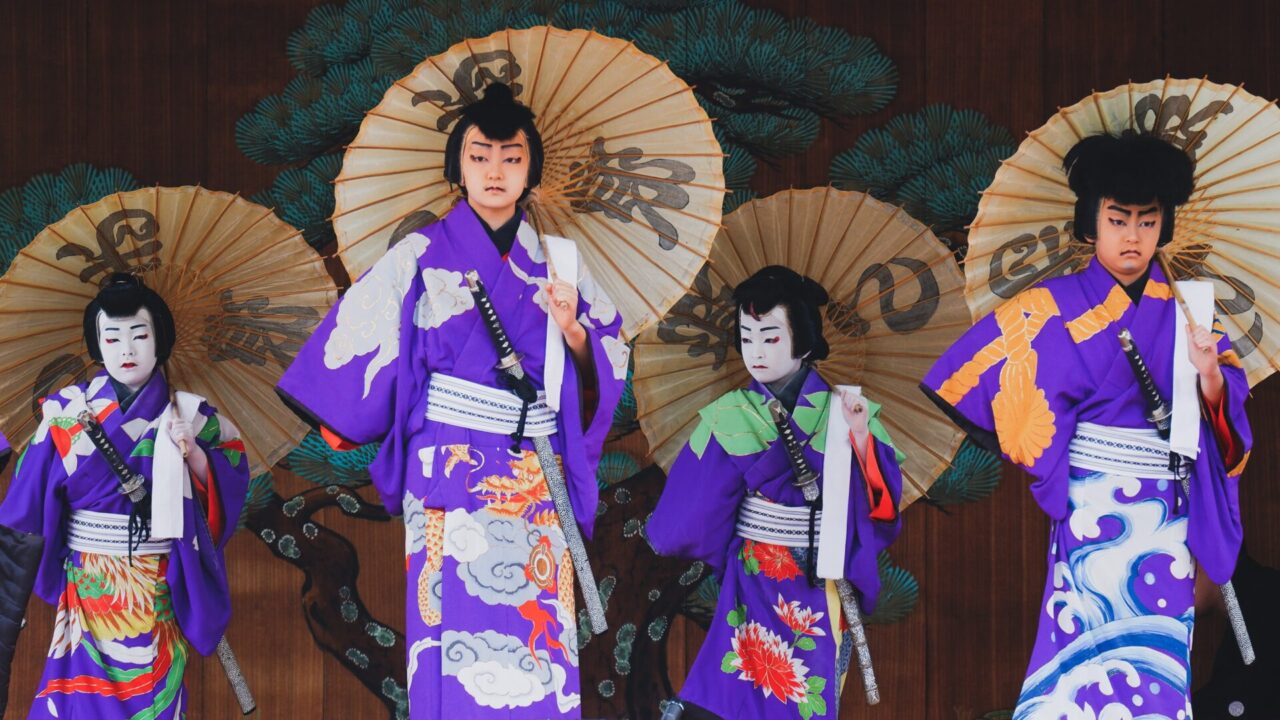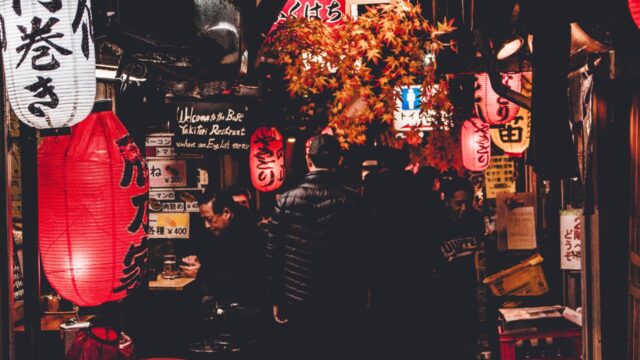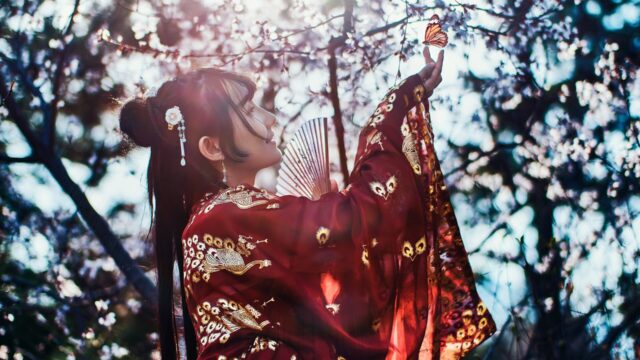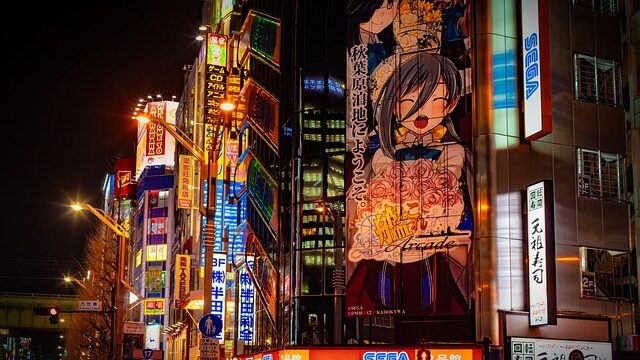Kabuki, one of Japan’s most treasured art forms, is a living, breathing testament to the country’s rich cultural heritage. As a visitor, you are cordially invited to immerse yourself in this captivating world where dramatic stories, vibrant colors, and a centuries-old tradition all blend together into an unforgettable experience. If you’re considering a trip to Japan, set aside some time to experience the magic of Kabuki. It’s a journey like no other.
1. Kabuki – A Walk Through Time
Kabuki’s roots stretch back to the 17th century, when a shrine maiden named Okuni began performing dance dramas on the dry riverbeds of Kyoto. The performances soon caught the public’s imagination, and Kabuki was born. Today, it’s an integral part of Japanese culture and continues to be an artistic mirror of Japanese society. The plots are usually drawn from historical events, moral conflicts, and love stories, providing a dramatic canvas on which life in various periods of Japanese history is painted.
2. The Unique Aspects of Kabuki
Kabuki is more than just theater. It’s a spectacle of color, sound, and emotion. The actors wear elaborate costumes and heavy makeup that is as symbolic as it is visually stunning. The “mie”, a powerful pose struck by the actor, is a trademark of Kabuki and accentuates a key moment in the performance. Likewise, the “hanamichi” (flower path) – a runway extending from the stage into the audience – brings the action up close to spectators and creates an intimate connection.
3. The Enchanting Language of Kabuki
Kabuki’s language can be a challenge even for native Japanese speakers as it utilizes archaic Japanese and stylized phrasing. But worry not, this is where earphones providing English translations come into play. These guide you through the story, the drama, and the emotional highs and lows of the characters. These translation devices make Kabuki accessible to all and ensure you can fully appreciate the drama unfolding on stage.
4. Where to Watch Kabuki
Tokyo’s Kabuki-za, located in the district of Ginza, is the primary theater for Kabuki in Japan. A stunning mix of traditional and modern architecture, it’s a must-visit for any theater lover. Kyoto’s Minamiza, where Kabuki first originated, is another beloved venue. Each theater has its own schedule, so it’s recommended to check for performances ahead of time. There are also special performances meant for tourists, which are shortened versions of a full Kabuki play.
5. Preparing for Your Kabuki Experience
Before attending a Kabuki performance, take some time to familiarize yourself with the story you’ll be watching. The more you understand the plot and the characters, the more you’ll appreciate the nuances of the performance. Also, keep in mind that traditional Kabuki shows can last several hours. Dress comfortably, and be prepared for an immersive experience that goes beyond a standard theater visit.
6. Kabuki – A Cultural Gateway
Watching Kabuki is more than just entertainment – it’s a journey into the heart of Japanese culture. Each gesture, each line of dialogue, each roll of the traditional “tsuzumi” drums, is a part of the larger cultural fabric of Japan. As you sit in the dimmed theater, watching the actors bring centuries-old stories to life, you’ll gain a deeper appreciation for the richness and depth of Japanese culture.
Experience Kabuki. Experience the beating heart of Japan. It’s an experience that will stay with you long after the final curtain falls.





